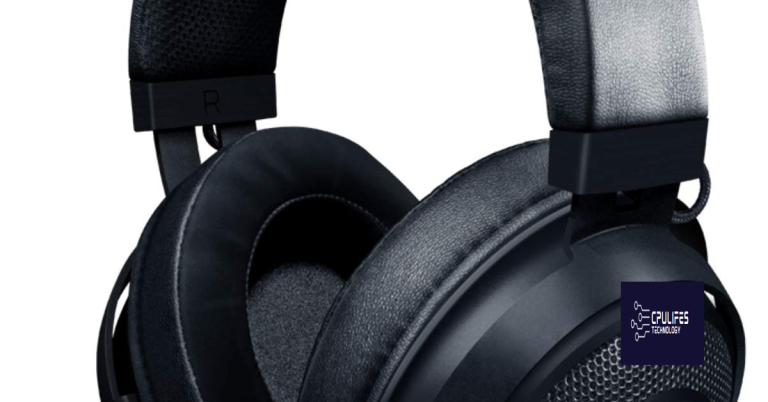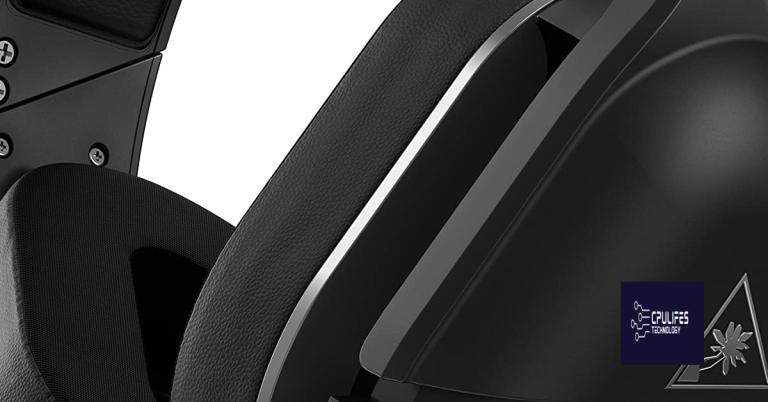Why Can’t I Add Files to My External Hard Drive?
Having trouble adding files to your external hard drive? Find out why in this article.
Troubleshooting Connectivity and Formatting Issues
If you’re having trouble adding files to your external hard drive, there are a few troubleshooting steps you can try to resolve the issue.
First, make sure that the external hard drive is properly connected to your computer. Check the cables and connections to ensure they are secure. If the drive is not showing up on your computer, try connecting it to a different USB port or using a different cable.
If the drive is properly connected but you still can’t add files to it, the issue may be with the disk formatting. Different operating systems use different file systems for formatting external drives. For example, Mac computers typically use the Apple File System (APFS), while Windows computers use NTFS.
To resolve formatting issues, you can try reformatting the external hard drive. However, keep in mind that reformatting will erase all the data on the drive, so make sure to back up any important files before proceeding.
On a Mac, you can reformat the drive using Disk Utility. Launch Disk Utility from the Applications folder, select the external hard drive from the sidebar, and click on the Erase tab. Choose the desired format, such as APFS or exFAT, and click Erase to reformat the drive.
On Windows, you can use the Disk Management tool to reformat the drive. Right-click on the Start menu, select Disk Management, locate the external hard drive, right-click on it, and choose Format. Select the desired file system, such as NTFS, and click OK to reformat the drive.
Remember to be cautious when reformatting a drive, as it will delete all the data on it. Make sure to double-check that you have backed up any important files before proceeding.
Resolving Permission and Space Limitations
When you encounter issues adding files to your external hard drive, it can be frustrating. However, there are a few common reasons why you might be experiencing this problem, and fortunately, there are solutions available.
One possible reason is that you do not have the proper permissions to write files to the external hard drive. To resolve this, you can adjust the permissions settings.
On Windows, right-click on the external hard drive icon in File Explorer, select “Properties,” and navigate to the “Security” tab. Click on “Edit” to modify the permissions and ensure that your user account has the necessary write permissions.
On macOS, right-click on the external hard drive icon in Finder, select “Get Info,” and expand the “Sharing and Permissions” section. Click on the lock icon and enter your administrator password. Then, change the privilege settings to allow your user account to write to the external hard drive.
Another possibility is that your external hard drive is running out of space. To check the available space, right-click on the external hard drive icon and select “Properties” on Windows, or select “Get Info” on macOS. If the space is limited, you will need to delete unnecessary files or transfer them to another storage device.
If you have recently formatted or partitioned the external hard drive, make sure the format and partition settings are compatible with both your operating system and the external hard drive itself.
Additionally, consider checking if the external hard drive is encrypted or if it has any software running that could restrict file transfer. In such cases, you may need to decrypt the drive or disable any software restrictions.
While it can’t fix hardware issues, it can identify any malfunctioning hardware that might need replacement. So, if the issue is related to software or system files, Fortect may be able to assist in resolving it.
Addressing Disk Encryption and Disk Utility Errors
If you’re experiencing issues adding files to your external hard drive, it could be due to disk encryption or disk utility errors. These issues can prevent you from accessing or writing files on your external hard drive. To address these problems, follow the steps below.
First, check if your external hard drive is encrypted. Encryption is a security feature that protects your data by converting it into an unreadable format. If your external hard drive is encrypted, you will need to decrypt it before adding files. To decrypt your hard drive, follow these steps:
1. Connect your external hard drive to your computer.
2. Open the disk utility software on your Mac or Windows computer.
3. Select your external hard drive from the list of connected devices.
4. Look for an option to decrypt the hard drive. This option may be labeled differently depending on your operating system. If you’re using a Mac, look for the “Decrypt” button. If you’re using Windows, you may need to right-click on the drive and select “Decrypt” from the context menu.
Once your external hard drive is decrypted, you should be able to add files to it without any issues.
If you’re still unable to add files, there may be disk utility errors on your external hard drive. Disk utility errors can occur due to various reasons, such as disk formatting or partitioning issues. To resolve these errors, follow these steps:
1. Connect your external hard drive to your computer.
2. Open the disk utility software on your Mac or Windows computer.
3. Select your external hard drive from the list of connected devices.
4. Look for an option to repair disk utility errors. This option may be labeled differently depending on your operating system. If you’re using a Mac, look for the “First Aid” button. If you’re using Windows, you may need to right-click on the drive and select “Repair” from the context menu.
Following these steps should help you address disk encryption and disk utility errors on your external hard drive, allowing you to add files without any problems.
python
import os
def check_external_hard_drive():
external_drive_path = "E:\\" # Replace with the appropriate drive letter or path of your external hard drive
if os.path.exists(external_drive_path):
if os.access(external_drive_path, os.W_OK):
print("You can add files to your external hard drive.")
else:
print("You do not have write access to your external hard drive.")
else:
print("External hard drive not found.")
# Call the function to check the status of the external hard drive
check_external_hard_drive()
Please ensure to replace the `external_drive_path` variable with the appropriate drive letter or path that corresponds to your external hard drive.
Effective Solutions to Copying Files to External Drives
- Efficient file transfer: Discover the quickest ways to transfer files from your computer to an external hard drive.
- Check compatibility: Ensure that your external hard drive is compatible with your operating system and file format.
- Update device drivers: Keep your computer’s device drivers up to date to avoid compatibility issues when copying files.
- Scan for errors: Use built-in tools to scan and repair any errors on your external hard drive that may be preventing file transfer.
- Check file permissions: Verify that you have the necessary permissions to copy files to your external hard drive.
- Format the drive: Consider formatting your external hard drive if it is not recognized by your computer or experiencing file transfer errors.
- Try a different USB port: Test different USB ports on your computer to rule out any hardware issues.
- Disable security software: Temporarily disable any antivirus or firewall software that might be blocking file transfer to your external hard drive.
- Use third-party software: Explore reliable third-party software options that can streamline the process of copying files to your external hard drive.
- Seek professional assistance: If all else fails, consider reaching out to a professional technician or customer support for further assistance.
Frequently Asked Questions about Copying Files from Mac to External Hard Drives
| Question | Answer |
|---|---|
| 1. Why can’t I copy files from my Mac to the external hard drive? | There could be several reasons for this issue. It may be due to improper formatting of the external hard drive, insufficient permissions, or a connection problem. Ensure that the external hard drive is formatted correctly for Mac and that you have the necessary read and write permissions. Also, check the cable connections and try using a different USB port. |
| 2. What file system is compatible with Mac? | Mac supports various file systems, including Mac OS Extended (HFS+), APFS (Apple File System), and FAT32. It is recommended to use either Mac OS Extended or APFS for better compatibility and performance. |
| 3. How can I format my external hard drive for Mac? | You can format the external hard drive for Mac using the Disk Utility application. Launch Disk Utility, select the external hard drive from the sidebar, click on the “Erase” tab, choose the desired file system (e.g., Mac OS Extended or APFS), and click “Erase” to format the drive. |
| 4. Can I transfer files larger than 4GB to a FAT32-formatted external hard drive? | No, FAT32 has a file size limitation of 4GB. If you need to transfer files larger than that, it is recommended to format the external hard drive to a different file system like exFAT or NTFS. |
| 5. Why do I receive a “The operation can’t be completed because you don’t have permission to access some of the items” error? | This error usually occurs when you don’t have the necessary read or write permissions for the files or folders you are trying to copy. To resolve this, check the permissions settings of the files and ensure that you have the required access rights. |
| 6. Does the external hard drive need to be connected directly to the Mac? | Not necessarily. You can connect the external hard drive to the Mac directly using a USB cable, or you can connect it through a USB hub or a docking station. However, using a direct connection is generally more reliable. |
Be cautious, you may not be able to add files to your external hard drive due to compatibility issues or if it has reached its storage capacity. Download this tool to run a scan



